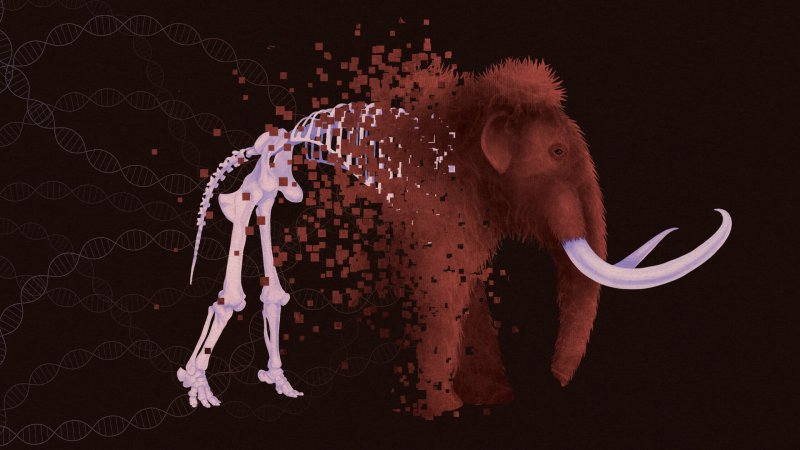London-based company Primeval Foods focuses exclusively on cultivating exotic meats, such as lions, tigers, and zebras. Similarly, the Australian company Vow Foods is looking to address the problems of our modern food systems by exploring the possibilities of cell-cultivated zebra or elephant meat. In Europe, food tech company Paleo has a patent pending for cultivated strains of the protein heme (which is said to be what makes meat taste meaty) that are bioidentical to that of several common livestock animals, and one, well, not so common: the long-extinct wooly mammoth.
…
Cell-cultivated beef, chicken, pork, and fish are all poised to hopefully solve the problems caused by their respective industries. But given there still isn’t a comparable-size industry behind the sale of, say, lion meat, it’s hard to argue that exotic meat cultivation is solving any current societal problems, exactly. But could it be causing new ones?
Furthermore, bringing exotic animals into conversations about cell-cultivated meat is a questionable public relations move. It’s true that tiger and wooly mammoth meat make for splashy headlines, and that attention could draw funding into the cell-cultivated meat industry at large. But to many consumers, the idea of “lab-grown” meat is still anything but appetizing. Plenty of people are still skeptical about the very concept, and aren’t ready for what they see as a science experiment to show up on their plates.































